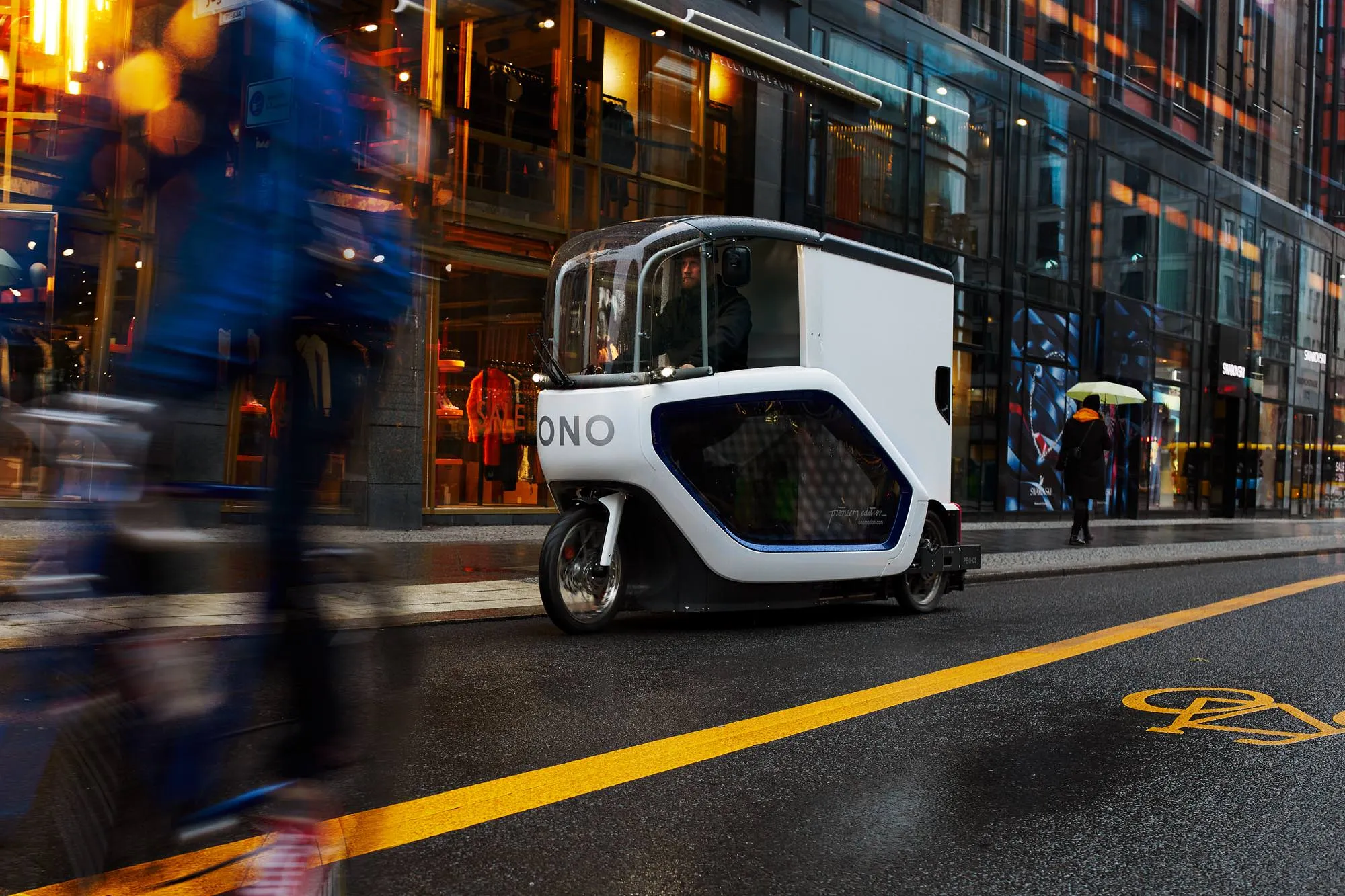
The mobility sector has demonstrated its potential to grow by conquering markets worldwide: China, Europe and the US have seen an uptake in the use of micromobility services in the past few years. The expansion led to an unsurprising growth in investments and it is thus predicted to grow from $6.8 billion in 2020 to $106.8bn by 2030.
Among the many venture capital (VC) firms supporting mobility opportunities are big names like InMotion Ventures, backed by Jaguar Land Rover (JLR) and the Vision Fund, SoftBank’s technology-focused VC fund. The Tokyo-based holding company funds the likes of Uber, GetAround, Slack and WeWork and has thrown its weight behind transportation, which now takes up 40% of its portfolio. This constitutes almost twice as much as the Vision Fund’s next biggest category – consumer tech. SoftBank isn’t the only one pouring money into the tech, transportation and logistics space. Uber’s co-founder Travis Kalanick invested $150m in City Storage Systems and Amazon spent $575m to fund Deliveroo; these are some of the bigger, better known investments but certainly not the only ones.
The recent disappointing performance of growth-over-profit focused companies such as Ofo, Uber, Lyft, Slack, and the now delayed initial public offering (IPO) of WeWork appear to signal a shift in focus from investors towards companies with a more sustainable, clear path to profitability. This will likely lead to less speculative investments and a consolidation in the micromobility market as investors tighten the reins. It could also signal that consumers may face an increase in mobility prices as companies are likely to have less cash to subsidise price wars in market share battles of the likes we’ve seen in the past few years.
A further look into the Vision Fund’s portfolio reveals another trend in the technology of transportation – interest in autonomous vehicles. The VC firm made investments both in companies manufacturing self-driving vehicles, and in those that contribute to their technological advancement, e.g. by developing smarter and safer driving artificial intelligence (AI). These investments are a clear indicator of the future of transportation and this interest is backed not only by VCs but also by players already in the transportation market, i.e. car manufacturers. Companies like Tesla, who have acquired a computer vision company, or InMotion Ventures, recently backing an autonomous car manufacturer, are gearing up towards releasing their self-driving cars, as everyone wants to be first on the market to offer Level 4 automation. These investments are a sign of the mobility market coming to maturity.
Confidence and stability
Companies already in the Mobility as a Service (MaaS) market feel the competition and are preparing for a more connected and autonomous future as well. Uber, for example, has expressed its intention to become the “Amazon of transportation”. It has already moved in this direction by adding bikes to its offering and integrating public transport timetables within the app. It is competing with companies such as VuLog and Aimo that are combining multiple providers in multiple cities on one platform to provide a more integrated and consumer-friendly experience. Another factor bringing confidence and stability into the market is the increasing amount of regulations coming into play, making city administrators and investors feel more confident in the possibilities MaaS and micromobility can provide. The former no longer feel threatened by the possibility of a sudden takeover of their city by bikes that would disrupt the normal flow of transport. This, in turn, encourages VCs to invest more, creating more certainty. T
hese changes in the transportation industry reflect a shift in behaviour among the general population: fewer younger people have a driving licence and more live in bigger cities, where having a car is expensive and not convenient.
MaaS is no longer driven by one company as the market has grown. Recent investments into Uber and other micromobility players, like Bird, Lyme and Jump, show a clear picture for the future of the industry. A future where MaaS-enabled mobility services are integrated into an ecosystem that allows commuters not to own a car and still have a smooth commute with public transport, car- and/or bike-sharing.









